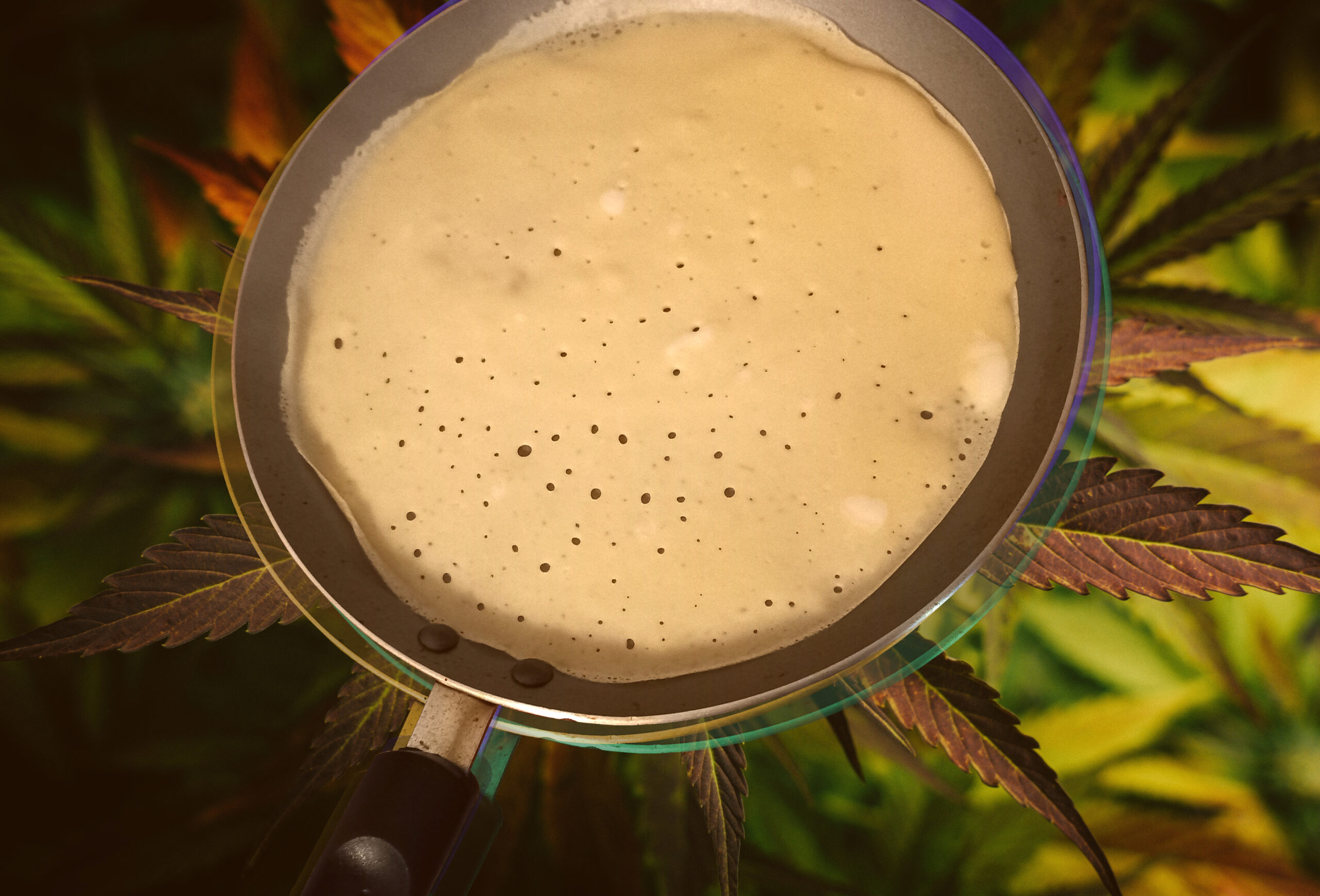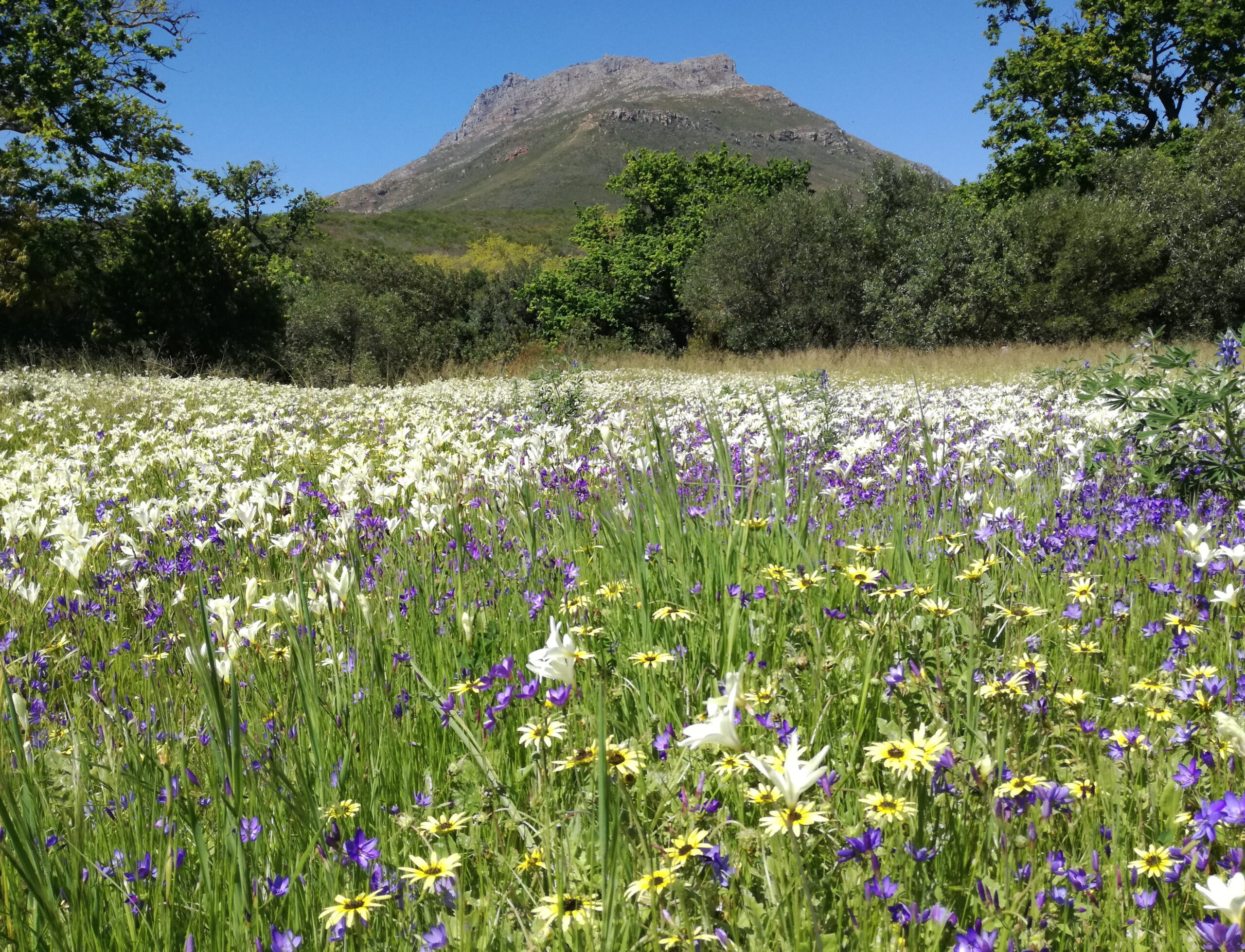
- Local Trippers
-
by John Pot
The Unseen Court
It began with seeing Tomm Moore’s Song of the Sea, but Celtic folklore flooded my imagination when I first heard Anaïs Mitchell & Jefferson Hamer’s version of the Ballad of Tam Lin, a tale that dates back to at least the mid-16th century, though its themes are far more ancient. This Scottish ballad introduces us to Janet, a maiden who becomes entangled with a young man who fears that any more time in the Queen of the Faeries’ custody would end him up as their septennial tithe to Hell. Whether as a ballad or in print, Janet’s story has been told and retold many times—one of my favourite books is Pamela Dean’s Tam Lin, which sets the characters at an American university in the early 70s.
That, and this Facebook group I joined where people post stuff they come across with big fae energy. Someone posted a meme positing what if members of our communities—the person you pass every day on your way to work, the barista at your favourite café—were part of the unseen court. As a fantasy lover/person who practices lucid dreaming in order to fulfil his most anguished emotional desires and escape, at least in a fleeting vision, from the horrors of this basal world, this idea intrigued me. I started wondering who in Stellenbosch could possibly be fae, and I came upon a few contenders (lecturer, coach, colleague). The important question is what kind of fae these people are—the kind that will sacrifice you to Satan himself, or the kind who will offer favours in exchange for kindness but still cast you into the fiery pits of Hell if you cross them?
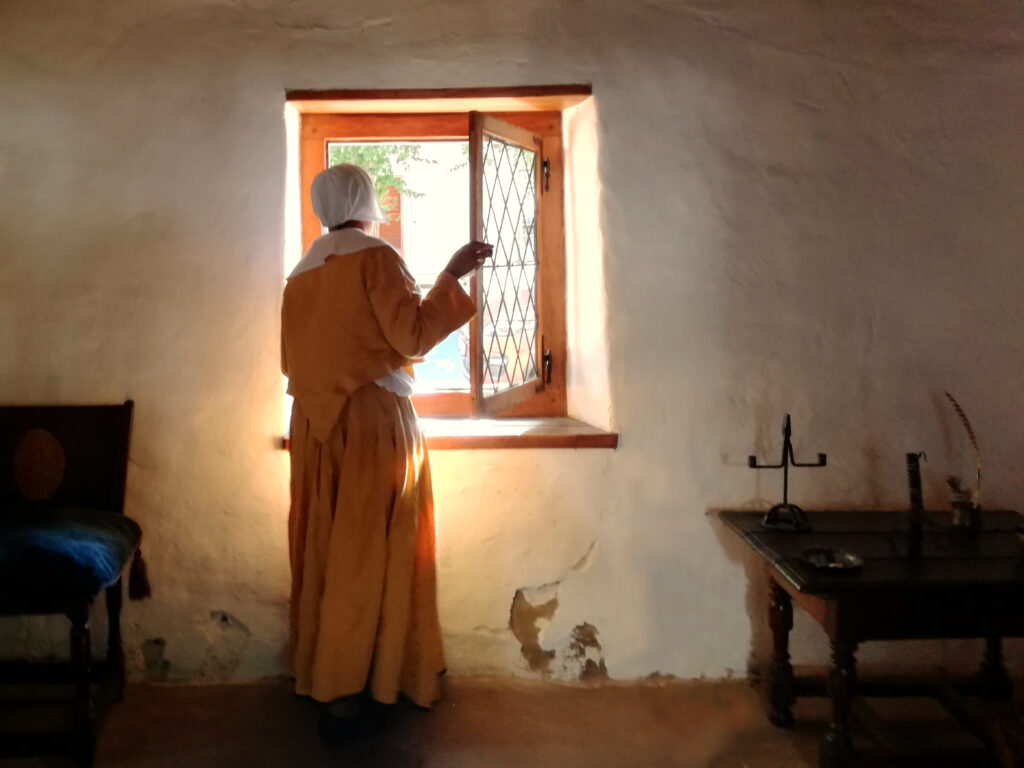
Luckily they all seem to be the second kind, though there’s really no way to be sure. Treat everyone like they are fae, I guess. It’s the people who open a place up, and often the unassuming ones that hold the greatest treasures. Whatever their currency—stories, connections, pot plants, a koeksister and a copy of the Quran, R900 if you count the drunk Australian guy, ideas, a conversation—a little kindness is a skeleton key to every safe.
#preachy
Porcelain and Oak Trees
A potential fae population isn’t the only magical thing about Stellenbosch. On the contrary, it’s the place’s magic that will attract the fae.
First of all, the very reason that Stellenbosch exists is wine, where now it flows like the Eersterivier after heavy rain. It was on an island in that very river where Simon van der Stel spent his first night and dreamed up vineyards on these mountains’ foothills. He could design a village from scratch—no mucking about with that messy organic development bullshit. His and several other imaginations produced one of the most charming little towns of the time. These days it’s a little bit more bustling, but the other day I was searching for a couple of photographs for a researcher and came across late 19th century snaps of some very familiar places. But though cars now zoom by on once-cobbled roads, the magic is still there; in the wise old oak trees, people watering their gardens with the centuries-old mill stream gurgling by, and in the little shards of antique porcelain everywhere underfoot. And in places less often viewed, like the delicate cornices and gables crowning the taller buildings.

When I was a young and edgy first year student who wore hippie pants, autumn was my favourite time in Stellenbosch. The smell of fresh bread on the chill is enough to romance anyone, so after class I’d buy a warm panini from Food Lovers and sit down in the same spot on campus to watch the sun set behind the changing trees. I spent a lot of time trying to think of a word stronger than “atmosphere” in a slightly pretentious zeal, involving one thousand haiku (technically katauta, but whatever) to describe the feeling of the place as best I could. That mysterious fullness doesn’t emanate from any one feature of Stellenbosch, but from the sum of its parts, and probably some nostalgia.
Nostalgia notwithstanding, I now prefer the spring when Stellenbosch is in full bloom. Name a flower, and its seeds would have been blown out of the botanical gardens to come up on corners and climb up every fence. In the spring and summer the riverside is my home; there’s a spot that makes you feel hours away from civilization. I like to sit there and write, maybe have a puff or two of the good stuff, but if that spot’s already occupied, it’s a stone’s throw away from the mill stream’s sluice junction built in 1744. You might hear ghosts whispering in the rushing water, or find there a glowing calla lily; a serendipitous beam of sunlight, or the fae? You decide—that’s the magic of places.

The Long Dawn
Did you like that last stinger? I’m not sure how embarrassed I should be, so to make sure not to humiliate myself any further I’m going to tell you about my novel.
“Times are bad. Children no longer obey their parents, and everyone is writing a book.”
Marcus Tullius Cicero (106-43 BCE)
With that out of the way, let’s talk about the fire raging about 30 kilometres away outside Franschhoek. Yesterday the sky turned orange, the sun an eerie glow behind a veil of smoke. Shadows wore a blue-grey hue, ashes fell like snow. This effect is well-known in and around Stellenbosch, where fires are as intrinsic as the oak trees. The first great fire ignited in 1710, and it’s been a stringent tradition ever since.
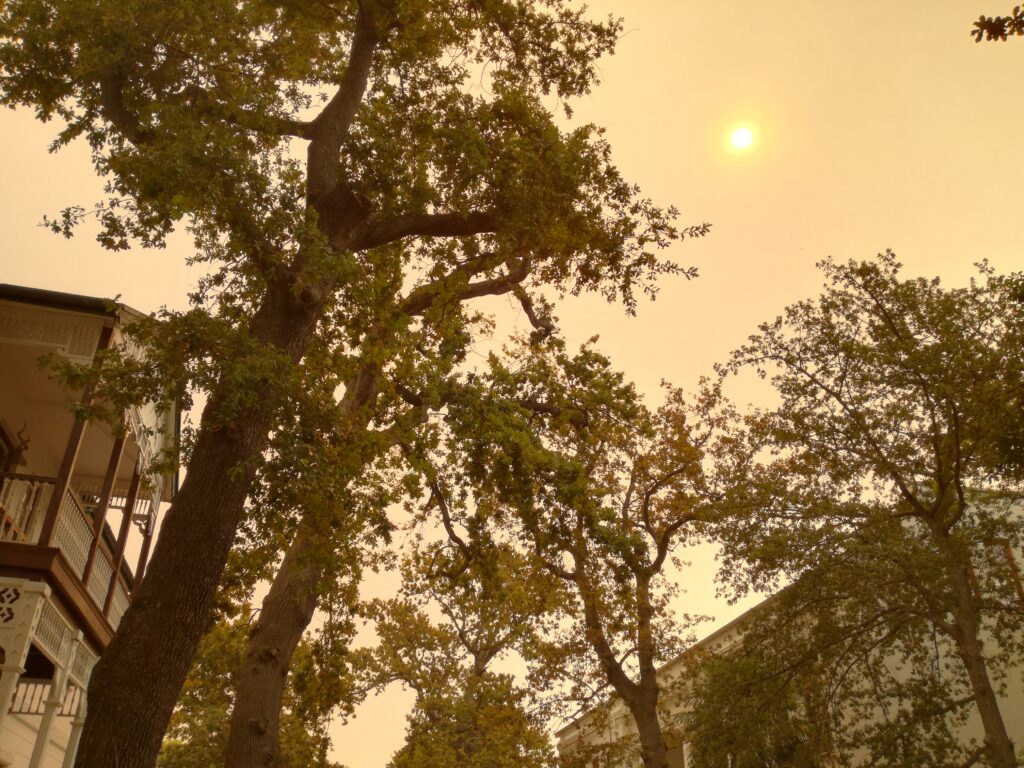
It’ll be about seven years ago that I experienced it for the first time. At the time, I was starting to put together disparate ideas into what became an OK I guess 3rd draft. Stellenbosch had already inspired it so much, but that day when the Jonkershoek Nature Reserve was swept up in an inferno and the morning’s candour stretched far into the day, I titled it The Long Dawn.
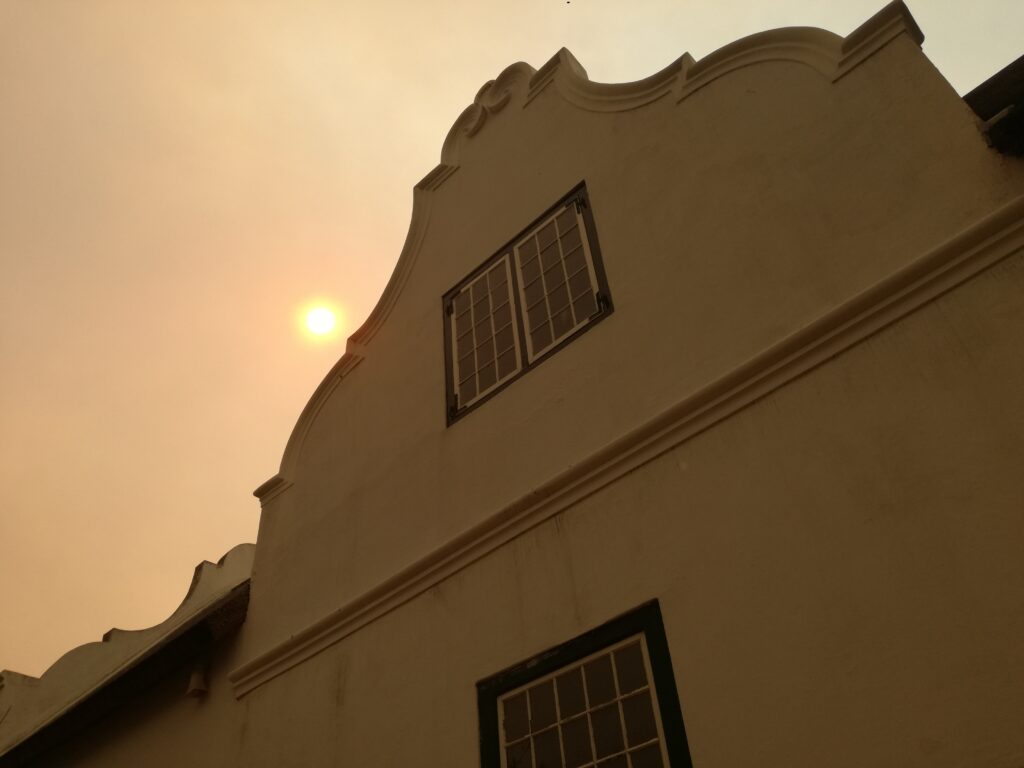
My dear Stellenbosch still inspires it into these (hopefully) final edits, and I should probably dedicate the thing to it since it did so much of the writing. I don’t know if it’ll make it to the shelves, and even if it doesn’t, Stellenbosch will live somewhere in-between the letters. The mountains, the white buildings shimmering in the sun, and the feeling. Magic.
